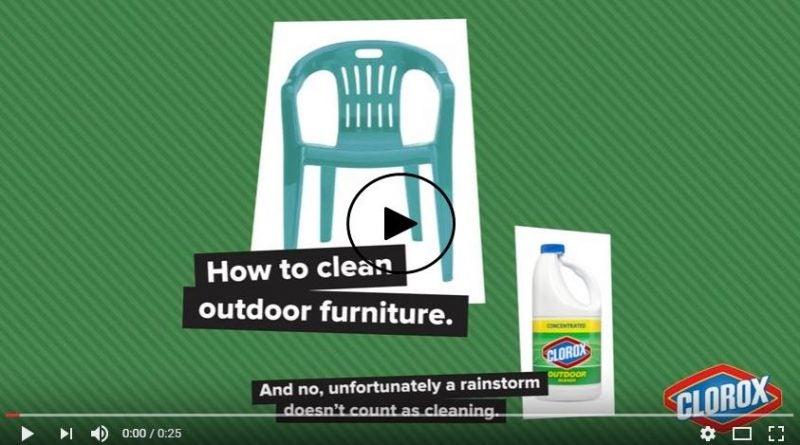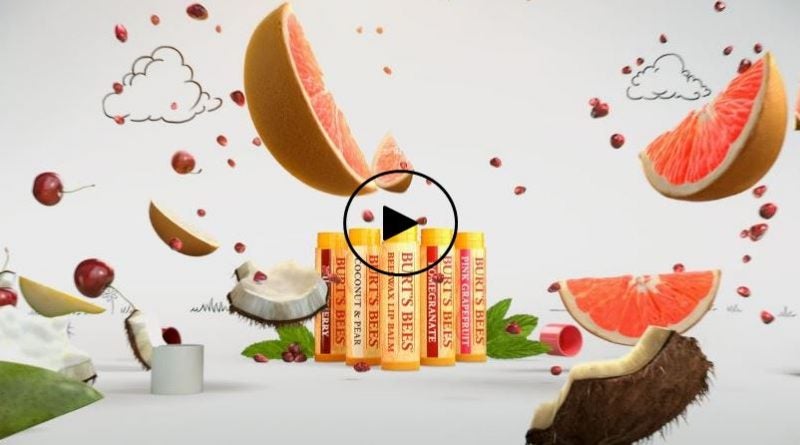Clorox Focuses on Digital-First Marketing
By Ashley Brolin, Corporate Communications Specialist
At Clorox, we want to reach consumers in the moments that matter.
In the past, we could deliver our brand messages to most consumers through a mix of broad-reach vehicles such as TV, radio and print marketing.
But for a decade now, consumers have lived in a world of always-on smartphones and connected devices. Given this new reality, we need to meet our consumers where they are.
They’re hungry for personalization and real-time interaction from our brands, so we’re tapping into the latest technology advances to meet these needs.
How? Ellen Liu, Clorox’s senior director – Marketing Communications, shares three ways Clorox is leading the digital pack:
- We’re audience-centric
Clorox focuses where our consumers are and on what matters to them.
Technologies have allowed us to better and more quickly understand people’s online behavior, interests and even purchase habits. Wherever they are across the web, we can serve them a targeted mix of relevant communications. Think “sense and respond” marketing, where Clorox brands produce specific content based on consumer online activities and interests.
 “If we’re targeting millennials who are first-time homebuyers, we’re investing in content that applies to where they are in their lives – home décor websites or how-to content on YouTube,” says Ellen. “And if we’re trying to target people who don’t already purchase our brands, we’ll go to websites we haven’t necessarily advertised before, but where we know consumers with similar purchase patterns have been.”
“If we’re targeting millennials who are first-time homebuyers, we’re investing in content that applies to where they are in their lives – home décor websites or how-to content on YouTube,” says Ellen. “And if we’re trying to target people who don’t already purchase our brands, we’ll go to websites we haven’t necessarily advertised before, but where we know consumers with similar purchase patterns have been.”
- We “like” partnerships
To better understand the online behavior of our target consumers, Clorox pays attention to the signals they leave across the web, such as visiting a website, watching a video or purchasing a product. We have systems in place to interpret these signals, but we needed to build capabilities to do this broadly. So we looked to leverage expertise outside Clorox.
Cue partnerships with Google, Facebook and Oracle. Clorox has incorporated their resources and tools for advanced targeting, content creation, personalization and automation to help us respond more quickly to the signals we receive from consumers. Working with these big players allows us to fit into the consumer experience in a unique way.
“This isn’t to say our competitors haven’t done this, too,” notes Ellen. “But we’re headquartered in the San Francisco Bay Area, the hotbed of technology innovation, and that’s a competitive advantage. We have immediate access to the full capabilities of our partners.”
- We know it’s art and science
Digital for Clorox goes beyond making data-informed decisions. Creativity is equally important.
That’s why we applied a “digital first” lens when choosing new agencies. FCB and mcGarrybown/Dentsu understand the ever-changing digital landscape and develop creative ideas that are compelling across the digital realm.
Now, Clorox creates brand content for the type of experience the consumer wants in the form she wants to consume it.
 For example, our new Burt’s Bees® lipstick TV ad isn’t exclusive to that medium — it’s video content that’s also viewable across multiple devices. We’ve experienced double digit growth of online video consumption, particularly through mobile devices and social media channels. For Hidden Valley® ranch dressing, content is customized for different platforms, with 15- and 30-second formats produced for TV and a short (under 10-second) format for social and online environments.
For example, our new Burt’s Bees® lipstick TV ad isn’t exclusive to that medium — it’s video content that’s also viewable across multiple devices. We’ve experienced double digit growth of online video consumption, particularly through mobile devices and social media channels. For Hidden Valley® ranch dressing, content is customized for different platforms, with 15- and 30-second formats produced for TV and a short (under 10-second) format for social and online environments.
Rising above the noise
Ellen believes that what sets Clorox apart from competitors is our company culture focused on growth.
Clorox embraces the constant evolution of digital marketing. We bask in the excitement of experimentation. We find out where our consumers are and meet them there. We learn, iterate and do it all over again.
“The pace of change and innovation is remarkable and I do not anticipate it slowing down. The next three-to-five years will look very different from the last three-to-five years,” says Ellen. “Digital is the mother of learning labs. By embracing this way of experimenting and evolving, we’ll continue to lead the pack on achieving not only product sales, but consumer brand loyalty.”




